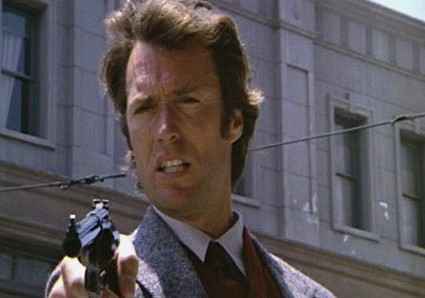The killing of Trayvon Martin in Florida has rightly been attracting a lot of attention. While much of the discussion has been about the alleged racism of his assailant, George Zimmerman, and that of the Florida police in not arresting and charging the man, as well as the broader social and cultural significance of the case, it is worth reflecting on the place of the criminal law in this. Underlying the incident is Florida's unusually broad law on self defence, based on the so-called 'stand your ground' principle. To what extent might this law, with its broad definition of the circumstances in which it is permissible to attack an assailant, have contributed to the killing?
The law on self defence is contained in s.776.012 and 013 of the Florida Statutes. The relevant section reads:
A person is justified in the use of deadly force and does not have a duty to retreat if:S.776.013 then goes on set out that a person is presumed to have a reasonable fear of imminent peril (and is thus permitted to use lethal force) where this was used against an unlawful entrant of a building or vehicle, where the person believed that an unlawful entry was occuring or about to occur. It goes on to state that a person attacked in a place where they have a right to be has no duty to retreat and can meet force with force, and that the person attempting to unlawfully enter another person's building is presumed to be doing so with intent to use force or violence.
(1) He or she reasonably believes that such force is necessary to prevent imminent death or great bodily harm to himself or herself or another or to prevent the imminent commission of a forcible felony; or(2) Under those circumstances permitted pursuant to s. 776.013
The first thing that is notable is the feature that is remarked on by most commentators, namely that there is no duty to retreat, or that one can stand one's ground, whether attacked in the street, on one's home, or in one's car (carjacking). In some circumstances this might seem admirable. If I am attacked in my own home by an intruder, why should I have to run away (or not have the option of running away), as is required by the law of self defence in many jurisdictions, before I can defend myself, my family or my property? This seems to rely on the idea of the home as a particular kind of place of safety - and is linked by some commentators to the idea that 'the Englishman's home is has castle' (the common law is, of course, English in origin). This seems less defensible in the context of some public interactions, though. It may be better for the law to encourage people not to stand and fight when attacked (so-called 'make my day laws, after the Clint Eastwood character in the movie Sudden Impact) , both for their own safety and the safety of the public more general. And to conceive of standing one's ground as a virtue requires a particular sense of honour or character which is neither universally shared nor admired. It is also surely a very masculine virtue, encouraging a particular sort of reaction.
 |
| Go ahead, make my day... |
All of which brings us back to the original question of whether a law framed in these terms might have contributed to the killing. The answer, at least to my mind, is that even a restrictive reading of the statute allows enormous leeway to the initial victim - to the extent that the fact of their victimhood is presumed rather than established in fact. This is not just a question of the right to stand one's ground, as that surely could be framed in such a way that it was not surrounded by such broad presumptions. More than this, however, there is evidence from other cases that not only is Florida's law framed in broad terms but that it is also interpreted in a very broad way by the judiciary, allowing the pursuit and stabbing of intruders. Taken altogether these have produced a lethal combination which seems permit far more than self defence.





